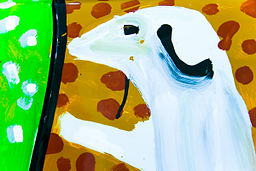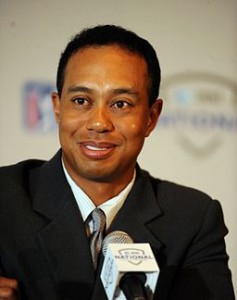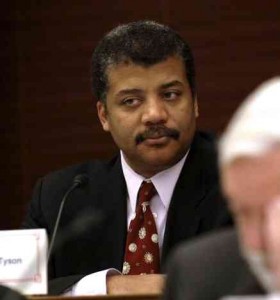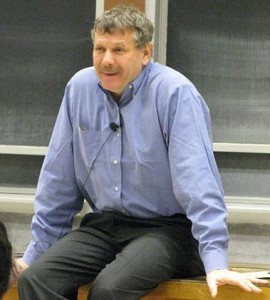 Many artists can school the world on how to love, and how to work. Just recently at the Brooklyn Museum we came upon an eye-opening example of how to bring your whole self to work by English painter David Hockney.
Many artists can school the world on how to love, and how to work. Just recently at the Brooklyn Museum we came upon an eye-opening example of how to bring your whole self to work by English painter David Hockney.
In the exhibit HIDE/SEEK: Difference and Desire in American Portraiture, we saw Hockney’s painting Adhesiveness, 1960, and learned that he actively integrated his sexual identity into his work.
David C. Ward, co-curator of “Hide/Seek” and historian at the National Portrait Gallery, spoke in a video about how Hockney has engaged his whole self in his work, and the corresponding description says it best:
Even though homosexuality was illegal in England until 1967, David Hockney presented his homosexuality directly, as integral to his art. While his paintings from the early 1960s did use coded references-to lovers and other gay references-the overriding avowal of male desire made these paintings a commentary on England’s proscriptions. And Hockney openly stated his intent to propagandize “for something that hadn’t been propagandized: homosexuality. I felt it should be done.”
Bravo Mr. Hockney! We’ve always loved your paintings, especially those depicting fantasy and reality in Southern California.
Learning that Hockney brings his whole self to work means there’s now even more about him to love.
What parts of you are integral to your work?
Image of BMW 850 CSi, 1995 detail via





